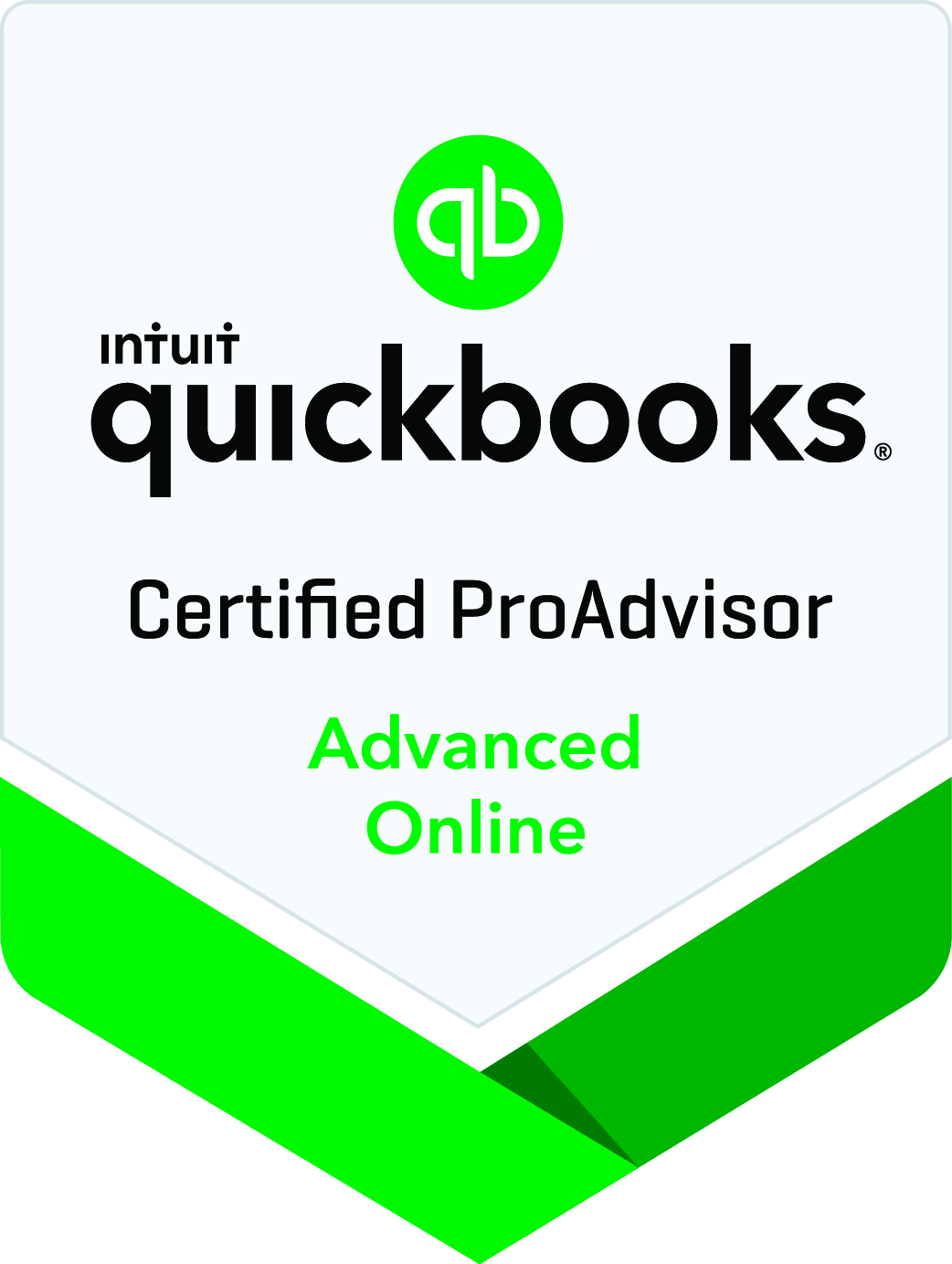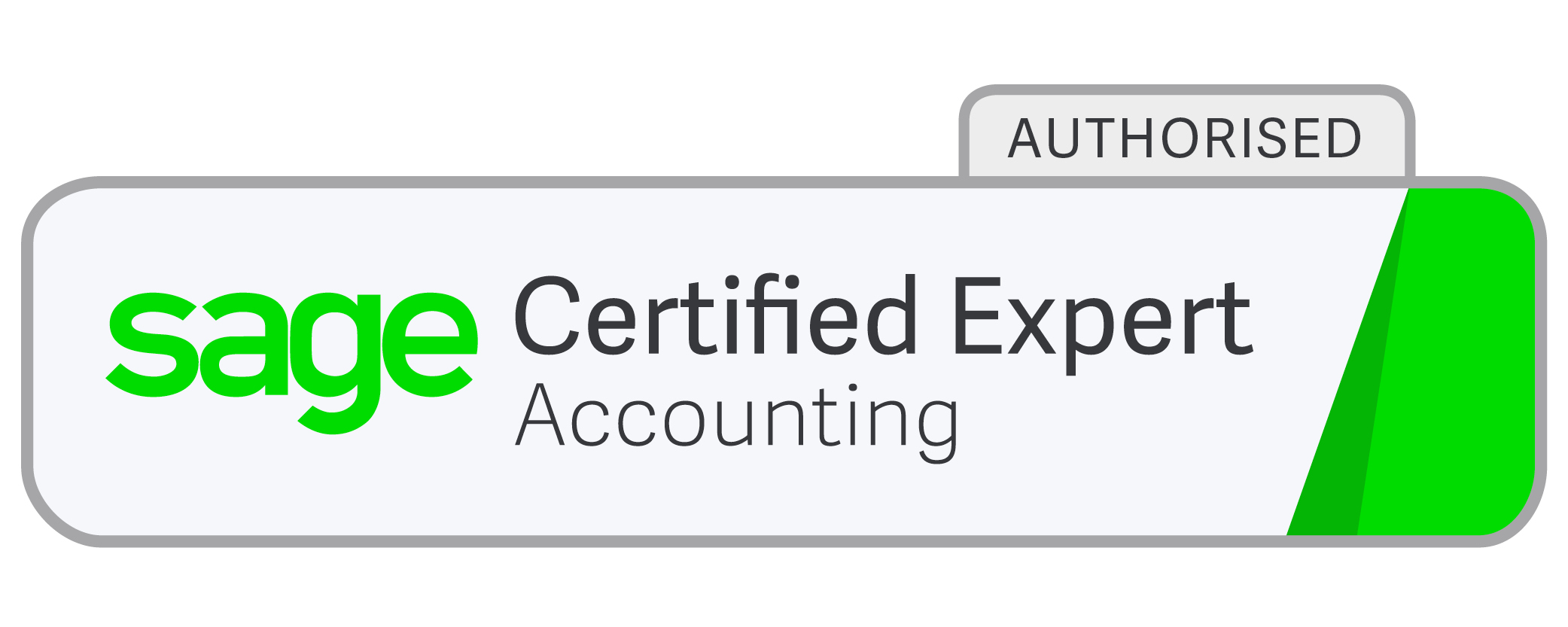March Question and Answer Section
Newsletter issue - March 2014
Q. I've received a refund of the PPI premiums I paid on top of my mortgage. Do I need to declare this sum on my tax return?
A. The refund of payment protection insurance (PPI) premiums should not be included on your tax return as it is a repayment of a fee that you were incorrectly charged. However, the bank will have also paid you 8% interest on the PPI refund, and that interest should be declared on your tax return, just as if it was interest paid on a regular savings account. Some banks deducted 20% tax from the interest element of the refund, others did not, so you should check the documents you received with the refund to see if your payment had tax deducted from it or not.
Q. I'm self-employed. How do I work out what to claim for motoring expenses in my accounts?
A. You can calculate your business-related motoring costs by either:
a) Take the proportion of business miles to total mileage driven in your vehicle in the year and apply that proportion to your total motoring costs for the year; or
b) Use the fixed expense of 45p per business mile for the first 10,000 miles driven in the year and 25p per mile for additional business miles in the year.
If you use method a) you can also claim capital allowances on the cost of your vehicle, restricted for the private use of that vehicle. If you use method b) you can't claim capital allowances for your vehicle but you can claim the interest amount of any finance lease used to purchase the vehicle. We can explain exactly what you can and cannot claim in your accounts for tax purposes.
Q. How do I go about claiming the £2,000 employment allowance?
A. From April 2014 most employers will be able to claim a £2,000 annual allowance to set against the employer's class 1 NICs due on their employees' wages. It will be easy to claim. All you need to do is tick a box on the first Employer Payment Summary (EPS) submitted for 2014/15. Your payroll software will show you how, or we can do that for you.
Once the claim is made it stays in place for all future tax years, until the PAYE scheme is closed or the Government withdraws the allowance. Only employers can claim the employment allowance. It can't be set against class 2 or 4 NICs paid by the self-employed.
 Cookies are small text files that are stored on your computer when you visit a website. They are mainly used as a way of improving the website functionalities or to provide more advanced statistical data.
Cookies are small text files that are stored on your computer when you visit a website. They are mainly used as a way of improving the website functionalities or to provide more advanced statistical data.



















